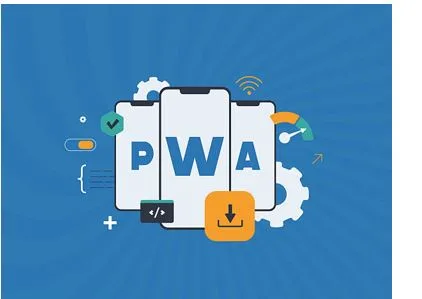Safeguard Your Business with Comprehensive Casualty Coverage
Imagine a delivery truck colliding with another vehicle during a routine run. Operations come to a sudden halt, legal claims arise, and reputational concerns mount. Many business owners see these as isolated events. In reality, the consequences ripple far beyond the initial incident.
Keeping your business safe is not only about reacting. It’s about understanding how even minor events can impact finances, operations, and stakeholder trust. Comprehensive casualty coverage allows organizations to navigate uncertainty with confidence and stability, ensuring they can continue running smoothly when the unexpected occurs.
Why Standard Insurance Often Falls Short
Many leaders assume that basic liability coverage is sufficient. They focus on regulatory compliance or minimum policy limits. While these steps are necessary, they often leave gaps that can expose the business to significant financial and operational risks.
Consider a medium-sized manufacturing company. A minor workplace injury escalates due to procedural oversights and inadequate coverage. The company scrambles to manage the claim, diverting leadership attention and resources from core operations. Insurance exists, but it does not fully protect the business.
This is where casualty insurance adds strategic value. Beyond simply responding to incidents, it integrates risk assessment, preventative measures, and layered coverage to absorb shocks and maintain continuity. Organizations that evaluate protection through the lens of resilience, rather than just policy limits, uncover hidden vulnerabilities and make more informed decisions.
Shifting Toward Strategic Risk Management
Comprehensive casualty coverage is most effective when it’s part of a proactive strategy. Instead of waiting for losses to occur, leaders can use coverage to evaluate risk and guide preventative measures.
Forward-looking companies monitor incident trends, identify exposure points, and align policies with operational realities. Recurring vehicle accidents, for example, might indicate a need for driver training or improved logistics. Patterns in third-party claims may highlight gaps in contracts or vendor oversight.
This perspective transforms insurance from a reactive tool into a strategic asset. Small, consistent actions—risk audits, staff education, integrated reporting—enhance resilience while protecting operations. By embedding casualty coverage into everyday decision-making, businesses not only safeguard finances but also reinforce trust with employees, clients, and stakeholders.
Turning Preparedness into Organizational Strength
Proactive casualty planning does more than prevent losses—it builds a stronger, more adaptive organization. Businesses that anticipate risks tend to be more organized, communicative, and efficient.
Preparation strengthens processes, clarifies responsibilities, and fosters a culture of accountability. Protecting your business becomes a source of strength and confidence, rather than just a safety net.
Rethinking Protection for Long-Term Stability
Keeping your business safe is about more than responding to incidents. It’s about creating systems and coverage strategies that anticipate challenges and enable recovery. Each claim or near-miss can inform prevention strategies, improving operations over time.
Ask yourself: does your organization have the mechanisms to absorb shocks without disrupting daily operations? Are risks assessed through the lens of long-term resilience rather than short-term compliance? Comprehensive casualty coverage, when integrated strategically, ensures that your business can continue to thrive despite uncertainty.




